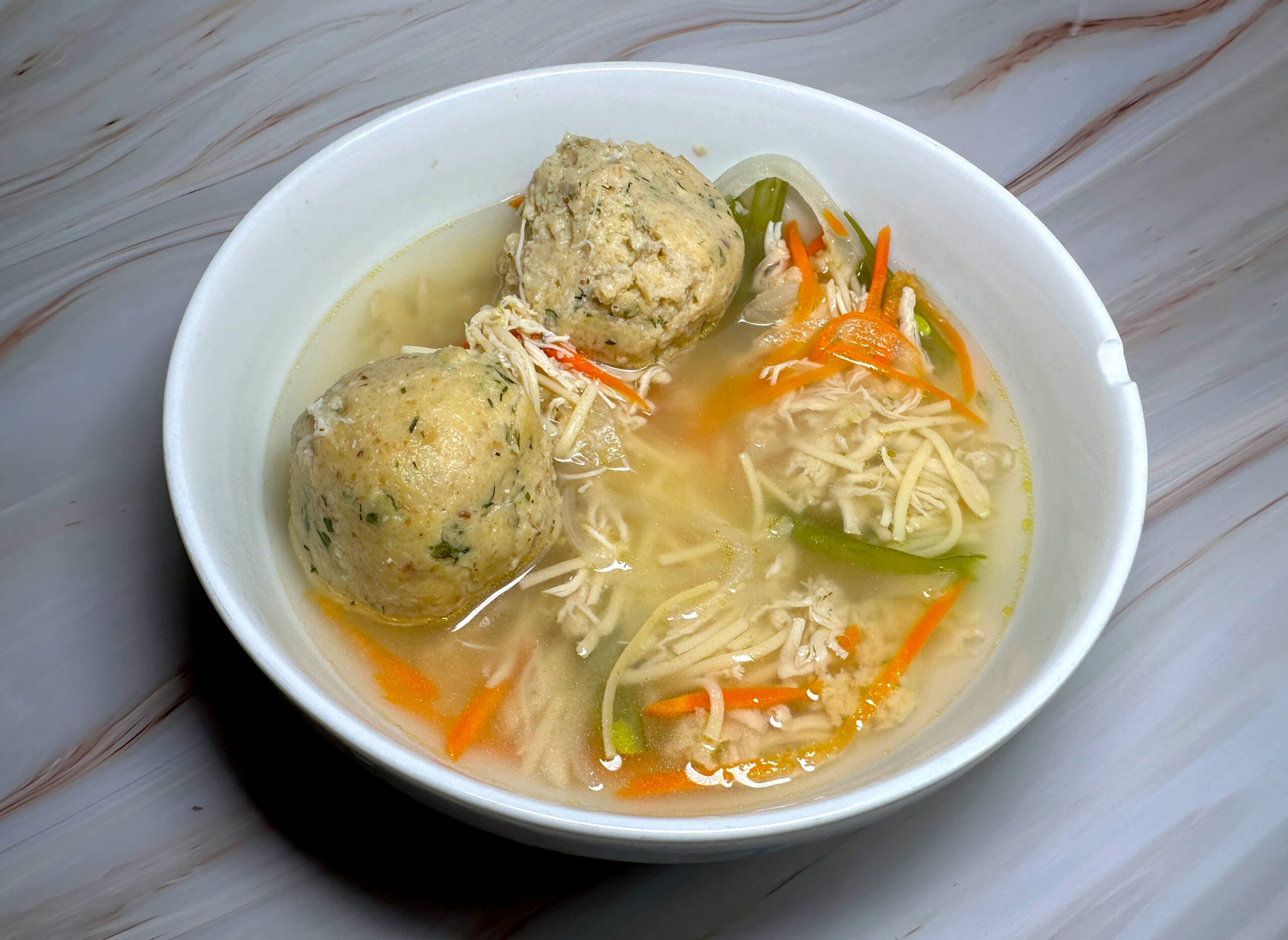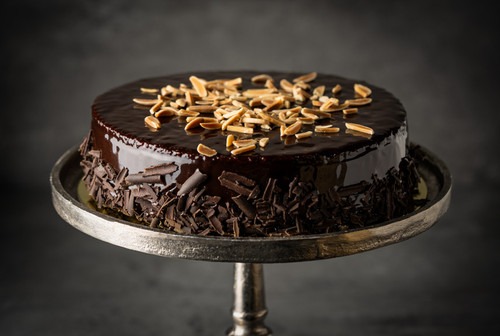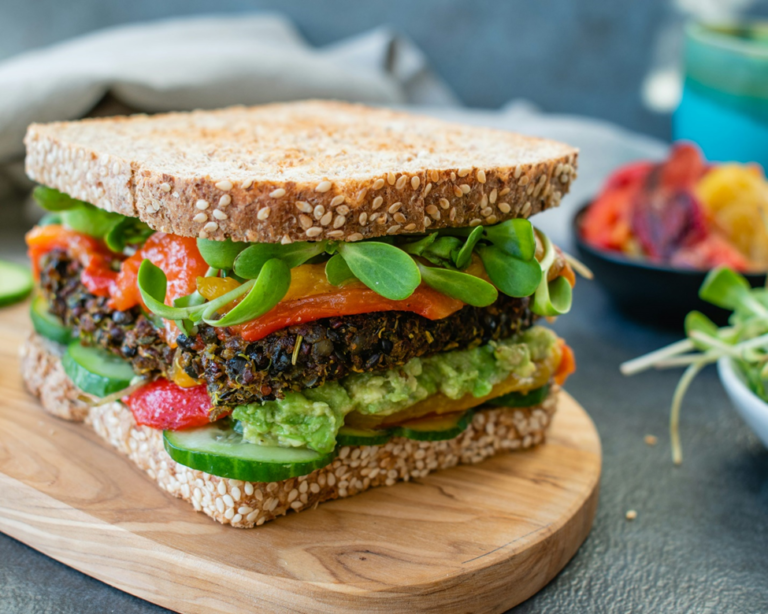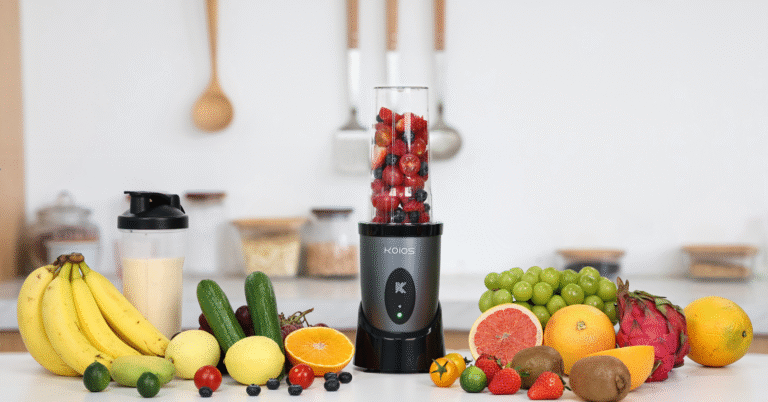Jewish-American Food Traditions
Jewish-American food traditions are a rich tapestry of flavors, history, and cultural significance. These traditions, deeply rooted in Jewish heritage, have evolved over time, blending with American culinary influences. From iconic dishes like bagels and lox to festive holiday meals, Jewish-American cuisine reflects a unique combination of ancient customs and modern tastes.
The Roots of Jewish-American Food Traditions
Jewish-American food traditions can be traced back to the waves of Jewish immigrants who arrived in the United States during the late 19th and early 20th centuries. Many of these immigrants came from Eastern Europe, bringing with them traditional Ashkenazi dishes like matzo ball soup, gefilte fish, and challah. As they settled in America, these recipes were adapted to include locally available ingredients and American culinary techniques.
The kosher dietary laws, or kashrut, also play a vital role in Jewish-American food traditions. These laws dictate what foods can be eaten, how they should be prepared, and which foods must not be mixed (such as meat and dairy). Kosher certification remains an important aspect of many Jewish-American households, particularly during holidays and religious observances.
Iconic Jewish-American Foods
Several dishes have become synonymous with Jewish-American food traditions, each with its own history and significance:
- Bagels and Lox: Perhaps the most iconic Jewish-American dish, bagels and lox are a staple of weekend brunches. A bagel, often served with cream cheese, is topped with thin slices of cured salmon (lox) and sometimes garnished with capers and onions.
- Matzo Ball Soup: Often referred to as Jewish penicillin, this soup is made with matzo balls (dumplings made from matzo meal) floating in chicken broth. It is a popular comfort food and is traditionally served during Passover.
- Challah: A braided egg bread, challah is served on Shabbat and Jewish holidays. It has a soft texture and slightly sweet flavor, symbolizing blessings and prosperity.
- Latkes: These crispy potato pancakes are a favorite during Hanukkah. They are typically fried in oil to commemorate the miracle of the oil lasting eight days in the ancient temple.
- Rugelach: A sweet pastry filled with ingredients like cinnamon, nuts, or fruit preserves, rugelach is a popular dessert in Jewish-American food traditions.
Jewish-American Holiday Food Traditions
Holidays are central to Jewish-American food traditions, with each festival bringing its own set of special dishes that carry religious and cultural significance. Some of the most important holidays and their associated foods include:
- Passover (Pesach): During Passover, leavened bread is forbidden, so matzo (unleavened bread) becomes a staple. Dishes like matzo ball soup, brisket, and gefilte fish are central to the Passover Seder, a meal that retells the story of the Jewish exodus from Egypt.
- Rosh Hashanah: The Jewish New Year is celebrated with sweet foods to symbolize a sweet year ahead. Apples dipped in honey, pomegranates, and honey cake are commonly served.
- Hanukkah: Latkes (potato pancakes) and sufganiyot (jelly-filled doughnuts) are traditional Hanukkah foods, fried in oil to commemorate the miracle of the oil in the temple.
- Yom Kippur: After the fast on Yom Kippur, many Jewish families break their fast with a light meal that often includes bagels, smoked fish, and kugel (a sweet noodle or potato casserole).
The Evolution of Jewish-American Cuisine
As Jewish immigrants integrated into American society, Jewish-American food traditions began to evolve. Delicatessens, or delis, became popular in cities like New York, offering traditional Jewish fare like pastrami on rye, corned beef, and knishes to a broader audience. These delis played a crucial role in preserving Jewish food culture while introducing it to non-Jewish Americans.
Jewish-American cuisine has also adapted to incorporate a variety of regional influences. For example, Sephardic Jews, who trace their roots to Spain and the Middle East, have introduced dishes like shakshuka (poached eggs in a spicy tomato sauce) and falafel to the American Jewish culinary scene.
Today, many modern Jewish-American chefs are reinterpreting traditional recipes, creating fusion dishes that combine Jewish flavors with contemporary techniques. This evolution reflects the dynamic nature of Jewish-American food traditions while maintaining a connection to the past.
The Role of Food in Jewish-American Identity
Food plays an integral role in shaping Jewish-American food traditions and the identity of Jewish communities. Shared meals, particularly during holidays and religious observances, serve as a way to pass down cultural knowledge and strengthen family ties. Jewish-American food traditions are not only about the food itself but also about the rituals, stories, and sense of belonging that come with them.
In a broader sense, Jewish-American food traditions have helped shape American cuisine as a whole. Dishes like bagels, pastrami sandwiches, and kugel have become part of the American culinary landscape, reflecting the integration of Jewish culture into the fabric of American life.
Conclusion
Jewish-American food traditions offer a rich blend of cultural heritage, religious significance, and culinary innovation. From the comforting taste of matzo ball soup to the celebratory sweetness of challah, these traditions continue to play a central role in Jewish life across the United States. As they evolve and adapt, Jewish-American food traditions remain a vibrant part of the nation’s diverse culinary history.
Popular Questions About Jewish-American Food Traditions:
- What are some popular Jewish-American dishes?
Popular dishes include bagels and lox, matzo ball soup, challah, latkes, and rugelach. - How do Jewish holidays influence food traditions?
Jewish holidays like Passover, Rosh Hashanah, and Hanukkah have specific foods that carry symbolic meaning, such as matzo, apples with honey, and latkes. - What role does kosher food play in Jewish-American food traditions?
Kosher dietary laws ensure that food is prepared and consumed according to Jewish religious guidelines, especially during holidays and observances.







